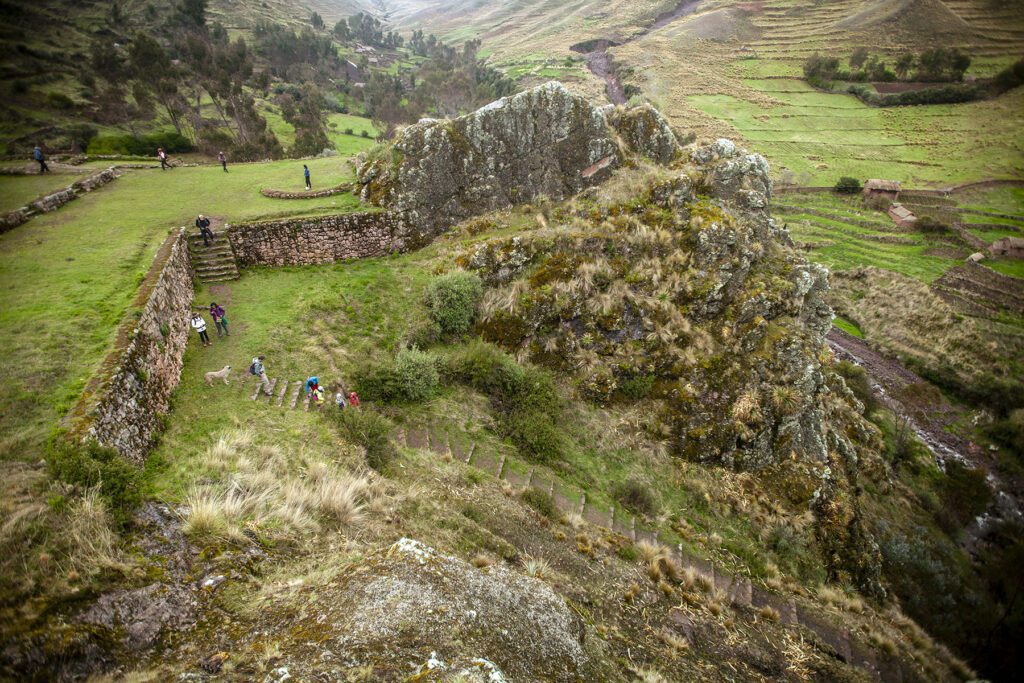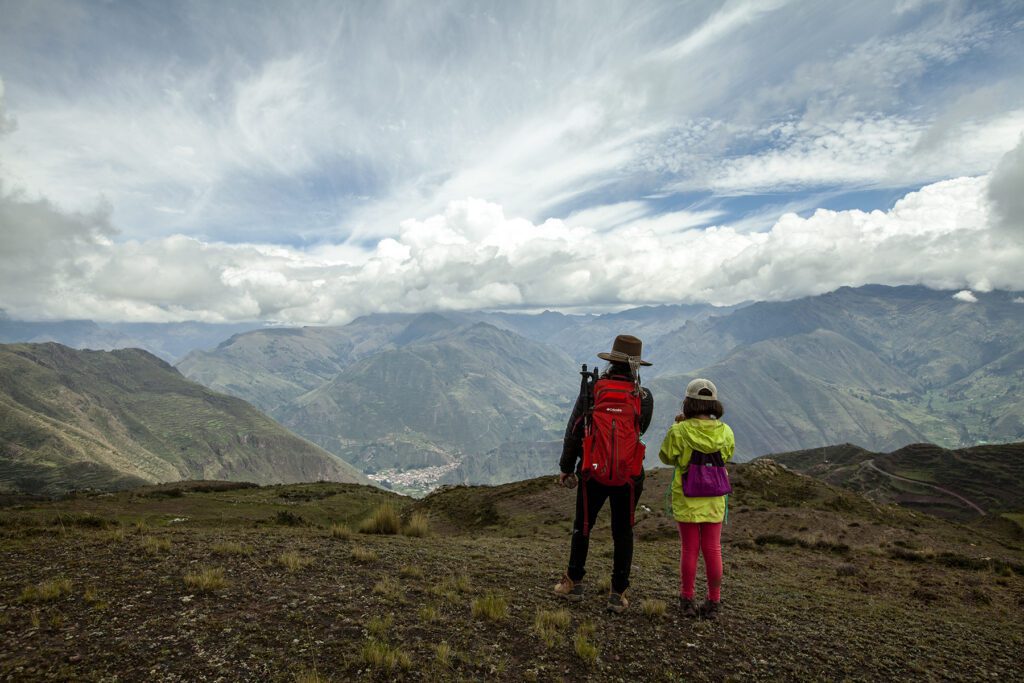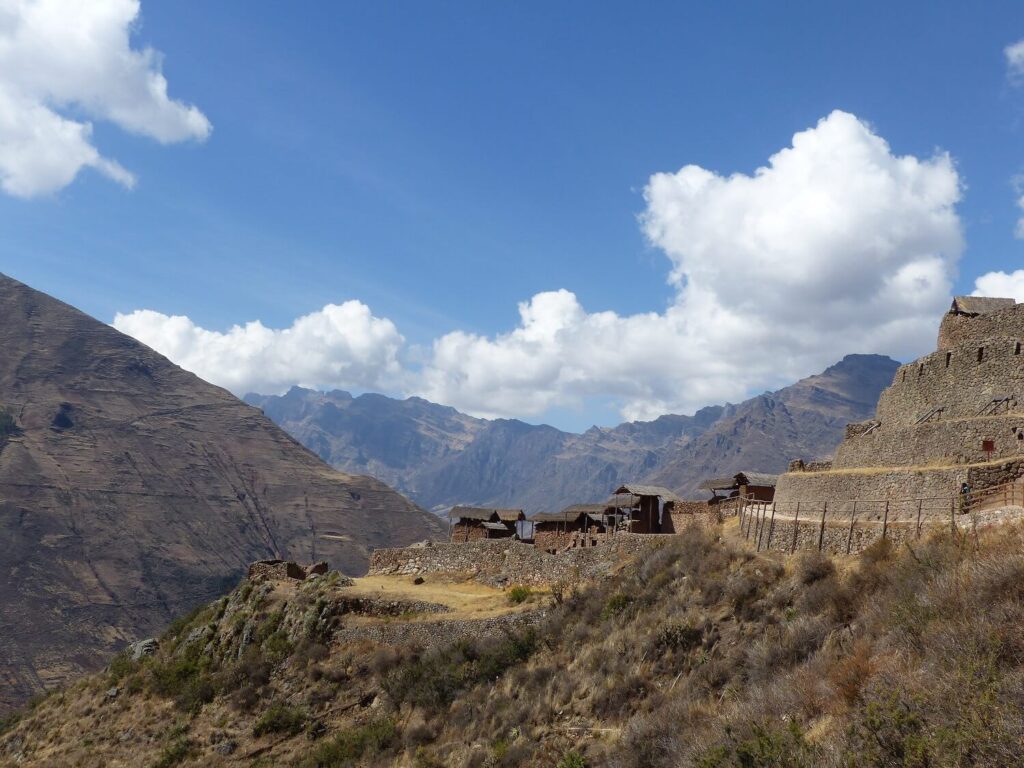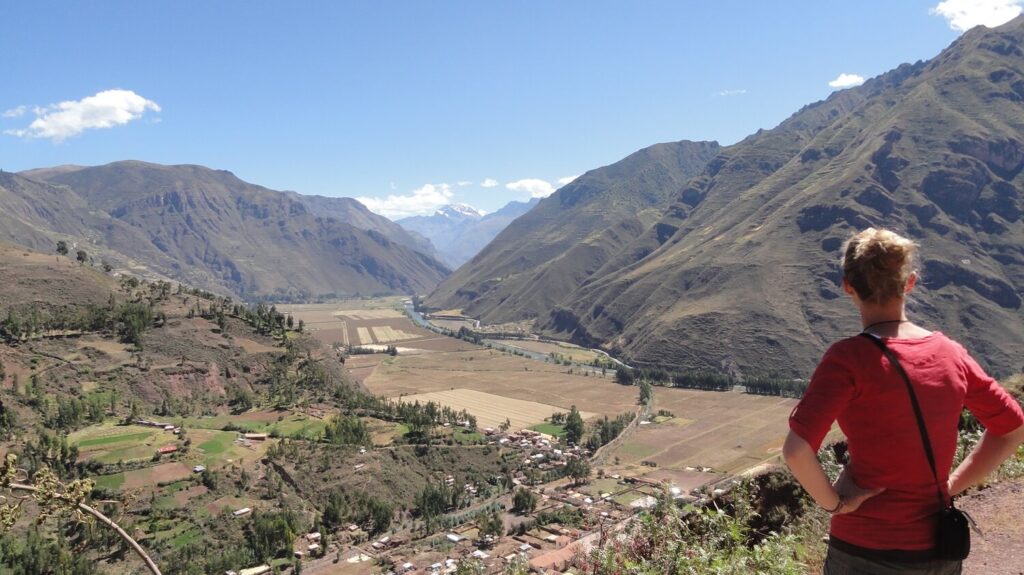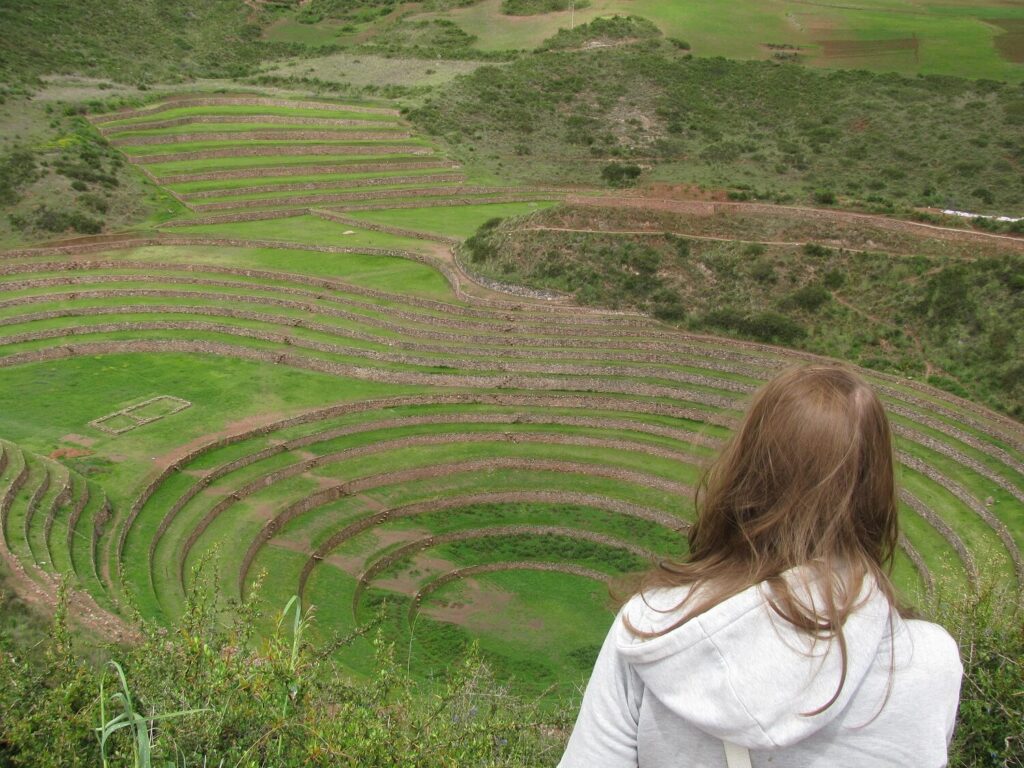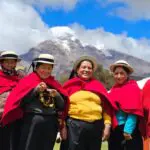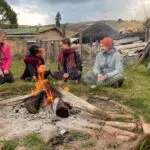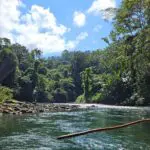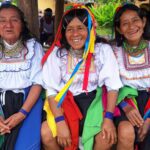The Sacred Valley was a vital agricultural and ceremonial region during Inca times. Today, it is the region that leads travelers to the crown jewel of Peru, Machu Picchu, and therefore a first-class tourist destination. Blessed with an agreeable climate, surrounded by stunning, imposing landscapes, and inhabited by ancestral communities, the Sacred Inca Valley is a paradise for its visitors.
Join us as we provide our insider guidance on traveling in the region. And be sure to check out our full selection of multi-day Sacred Valley tours.
Introduction to the Sacred Valley
Located in the Peruvian Andes, 2400–3000 meters above sea level, and around 45 km from the imperial city of Cusco, the Sacred Valley is the ideal place to acclimatize and take a rest before embarking on a busy itinerary.
You can read more about acclimatization and How To Stay Safe And Healthy When Traveling In Peru on our blog.
Due to its geographic position and climate, the Sacred Valley was of special importance during the Inca period. The abundance of water made it an important agricultural center.
One of the most interesting examples of this is Moray. This archeological site is believed to have been something of an agricultural laboratory, where the native people of these lands could experiment with crops and growing techniques.
It is shaped like an atrium, and each level has its own microclimate. Due to this design, one could test-grow crops here to evaluate what could be cultivated in each region of the Tahuantinsuyo (the way the Inca empire was formerly named).
Of course, the climate varies here throughout the year. If you want to know when you should plan your trip to Moray and other parts of Peru, read our article on the Best Time To Travel To Peru.
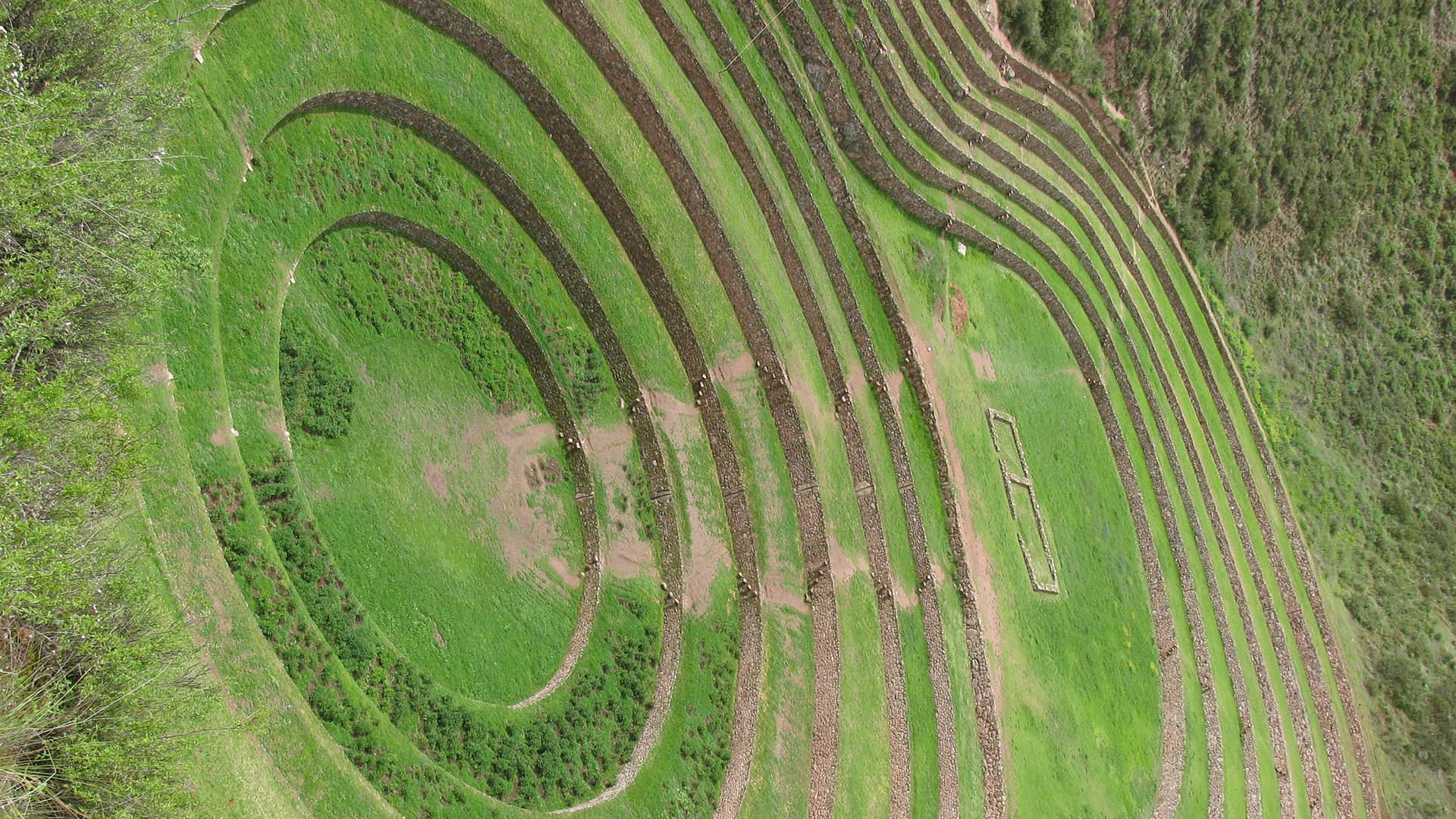
Navigating the Sacred Valley
The Sacred Valley is crossed by the Vilcanota River. It’s also known by the names Urubamba River, Wilcamayo, and, in Quechua, Urupampa, meaning “plateau of spiders”. Its source is located at over 4,000 meters above sea level.
The Southern Gateway: Pisac
Following the river’s course, we will find the picturesque town of Pisac, which also acts as the Sacred Valley’s southern gateway. At the top of the village sits an impressive 15h-century Inca fortress. From among the ruins, you can enjoy stunning views across the surrounding landscape.
Meanwhile, in the main town of Pisac, you can pay a visit to the famous handicraft market, and roam charming alleys lined with restaurants and cafes.
Along the river, northwest of Pisac, we can also see the Inca citadel called Huchuy Qosqo (‘Little Cuzco’, at an elevation of 3,650 meters). This Inca city is said to be where the Inca Wiracocha spent his last days.
You can go on our Inca Road to Huchuy Qosqo Tour if you want to explore this remarkable citadel in the company of an expert local, English-speaking guide.
Travel via Urubamba
Another access point to the Sacred Valley is in Urubamba, which is located between Pisac and Ollantaytambo.
If you decide to go there from Cusco, our most highly-recommended stop would be the town of Chinchero. Here you can appreciate the snow-capped mountains of Chicón, Pitusiray, and Sahuasiray to the east.
Today, Chinchero is well known for its Sunday market, which draws large crowds searching for fresh local produce, handmade clothing, and jewelry. But the town also possesses captivating Inca history.
You can visit the remaining wall of what was once the palace of Pachacutec, the ninth ruler of the Inca state. And the town’s colonial temple displays murals and canvases belonging to the Cuzco School.

Maras & Moray near the Sacred Valley, Peru
Continuing the route from Urubamba, the next stop is the town of Maras. On the house facades of this town, you can see the coats of arms of the families of the mestizo nobility.
Located 10 km away from Maras are the salt mines. These mines are comprised of three thousand salt ponds that have been used since the Inca times. And they still are to the present day! It is the perfect place for photography lovers.
If you plan to come here, we have an essential tip: visit the salt mines in the dry season (April to October).
By visiting in the dry season, you’ll have sunny conditions and you’ll get to see the mines in various stages of production. This offers real insight into how the local people make use of this natural resource. If you visit at the height of the rainy season, you may experience an exceptionally muddy landscape!
The Inca ruin of Moray is a few minutes from the salt mines.
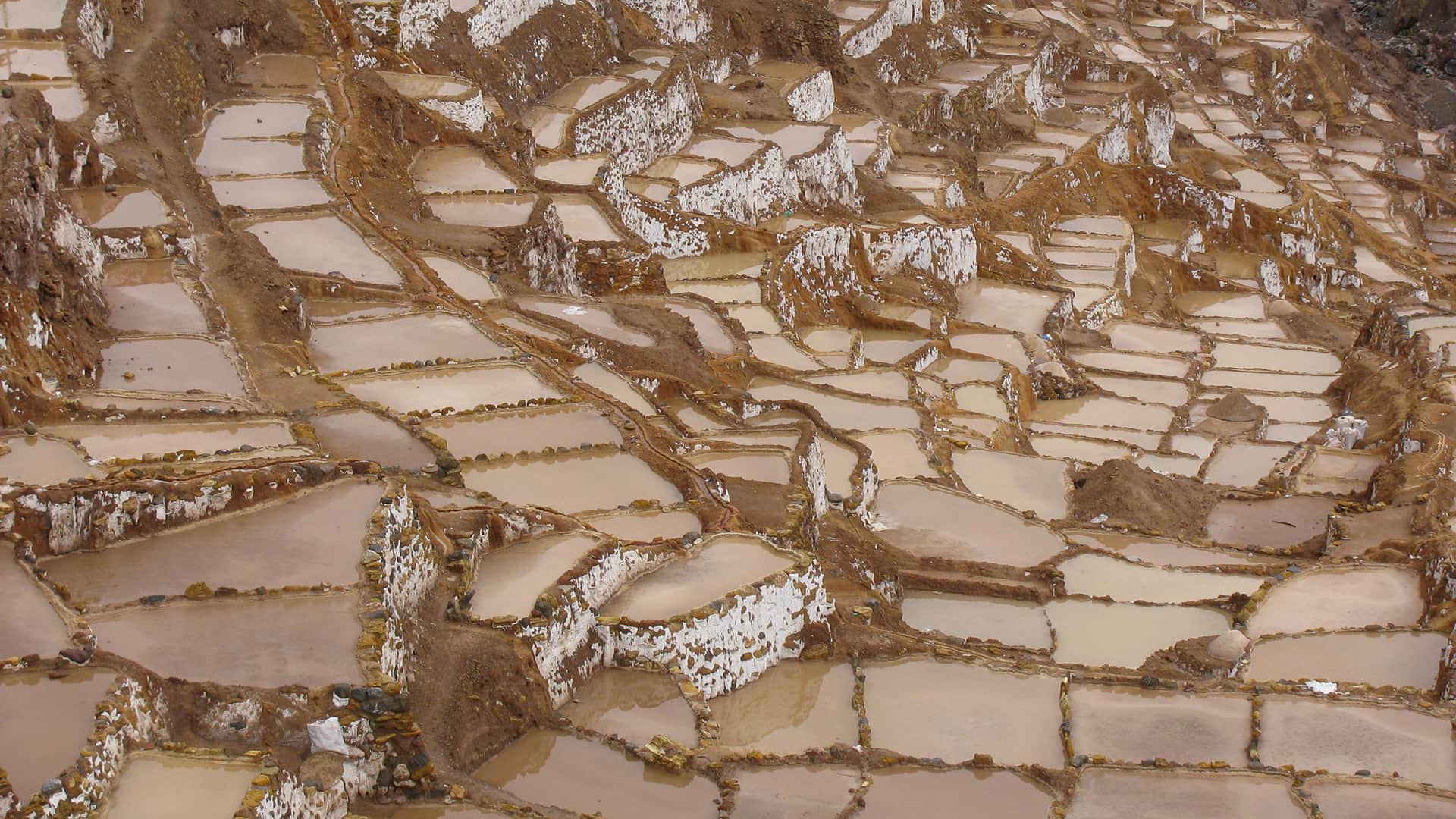
The Beautiful Town of Ollantaytambo
Traveling further, the road will lead you to the shores of the river and to probably the most beautiful town in the Sacred Valley, Ollantaytambo. Regarded as the gateway to Machu Picchu, Ollantaytambo is surrounded by breathtaking scenery.
Its archaeological site was an Inca administrative center and is believed to have served military, religious, and agricultural functions.
With its cobblestone streets and setting on the lesser Patacancha River, Ollantaytambo is a gorgeous, historic town that maintains its ancient customs and traditions to this day.
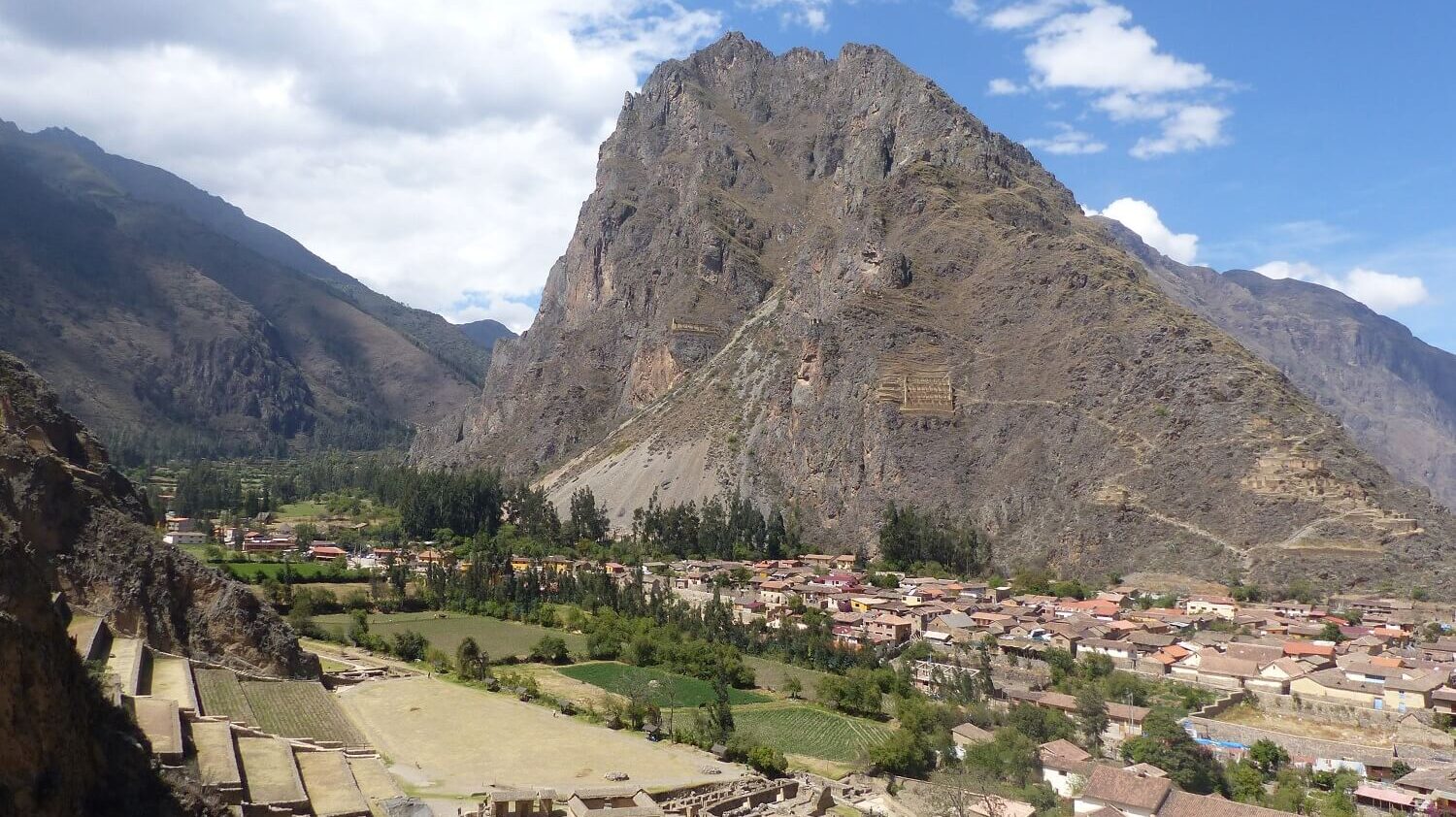
What we recommend for you when traveling in the Sacred Valley
At Impactful Travel we pride ourselves on offering guests a deeper insight into Peru and its communities through our tailored Off the Beaten Path Tours.
Our tours give you the opportunity to really get to know the towns, landscapes, and communities of Peru. We like to take tourists to more remote areas. There, authenticity is not just a marketing promise but an actual reality. This is our way of understanding inclusion…
But before we send you there, we want you to understand the situation of the communities you will visit and talk to you about their daily challenges.
Learn the History
Upon arriving in the Andes, you might ask yourself why people live in such high-altitude areas that seem to present so many challenges.
The answer, or rather part of it, is that from the onset of Spanish colonization in the 16th century, forced displacements began to take place. They pushed the exploited indigenous populations to unprotected areas.
Before this period, the Andean people only transited through these places for rituals or used the mountains for their livestock (llamas and alpacas) to graze on. At present, the cold is a big problem for these helpless communities.
If you want to pay them a visit to learn more about their situation, start in the heights of Pisac where Chahuaytire and the Potato Park are located. Chahuaytire is the land of the weavers and therefore the best place to learn about the traditional textile work of Cusco.
Here, the locals wear typical costumes that differentiate them from the other communities. The men weave and the women spin. The community of Chahuaytire belongs to the Potato Park project, a place where this tuber is cultivated in all colors, sizes and shapes.
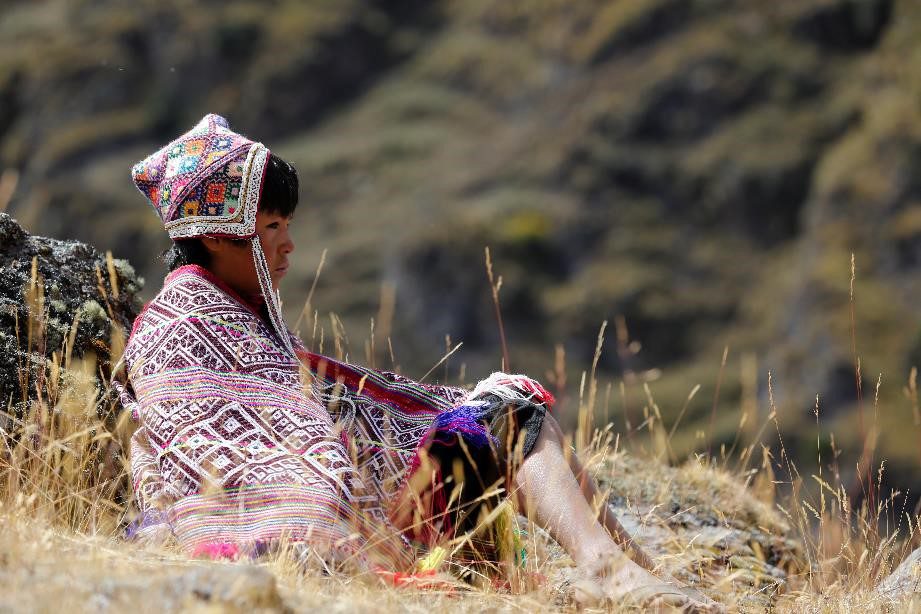
Experience Little Cusco
Continue your journey to the heights of Lamay. You’ll have to tighten your shoelaces to walk along a beautiful Inca trail, which will take you to the impressive archaeological center of Huchuy Qosqo. (On request, you can be accompanied by a group of llamas on this hike).
This walk offers you beautiful views of the majestic Apu Pitusiray (4,950 meters above sea level) and the Vilcanota River before you enter the complex passing through a large Inca gate. The extension of the site shows its importance despite being called Little Cusco.
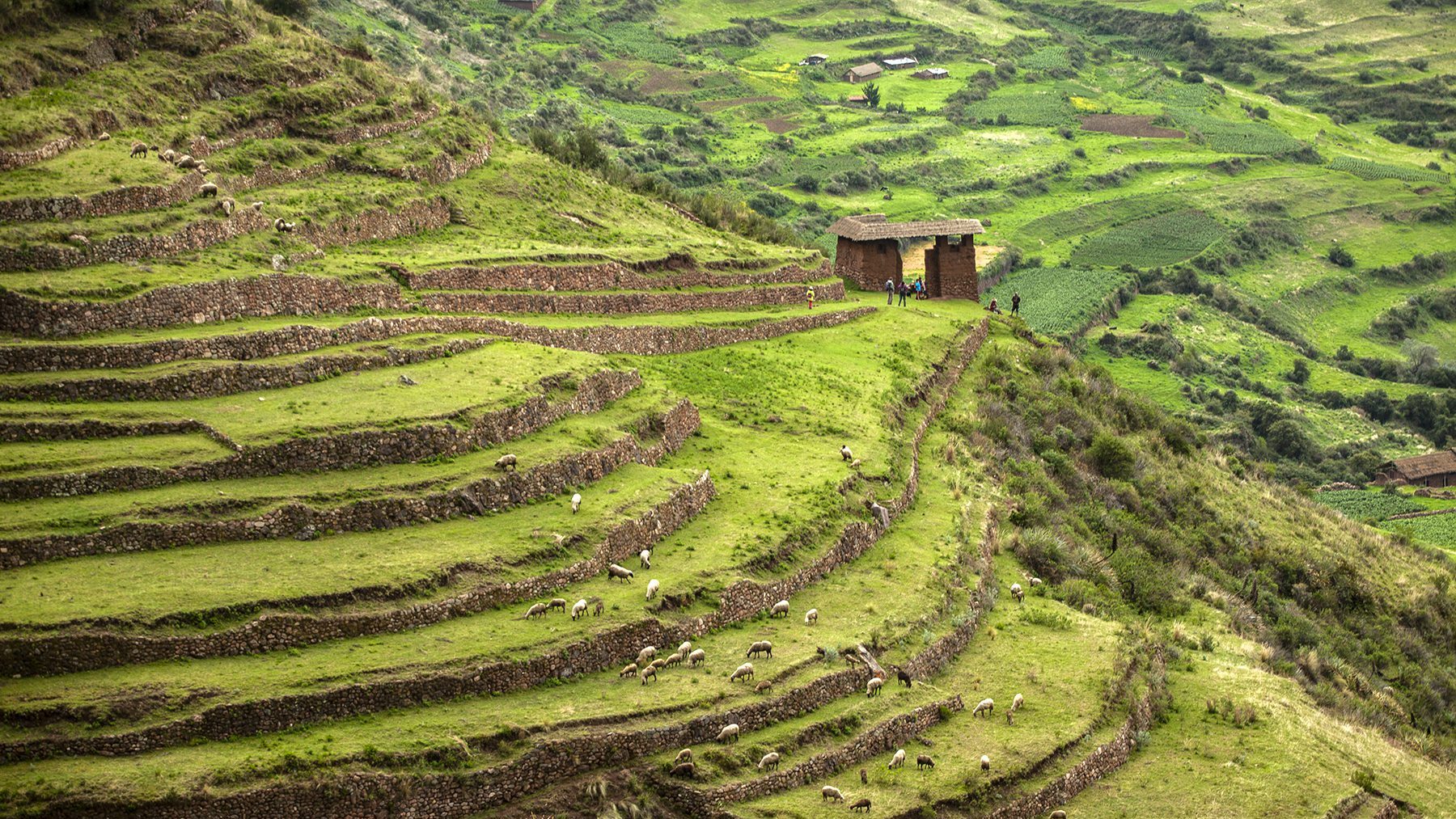
The next day, put on your old clothes and join a day of work with the farming community. You will learn about the origin of some of the so-called superfoods that we see in our supermarkets: Quinuas, Kiwichas and the famous giant corn. It will be a day to share unique moments.
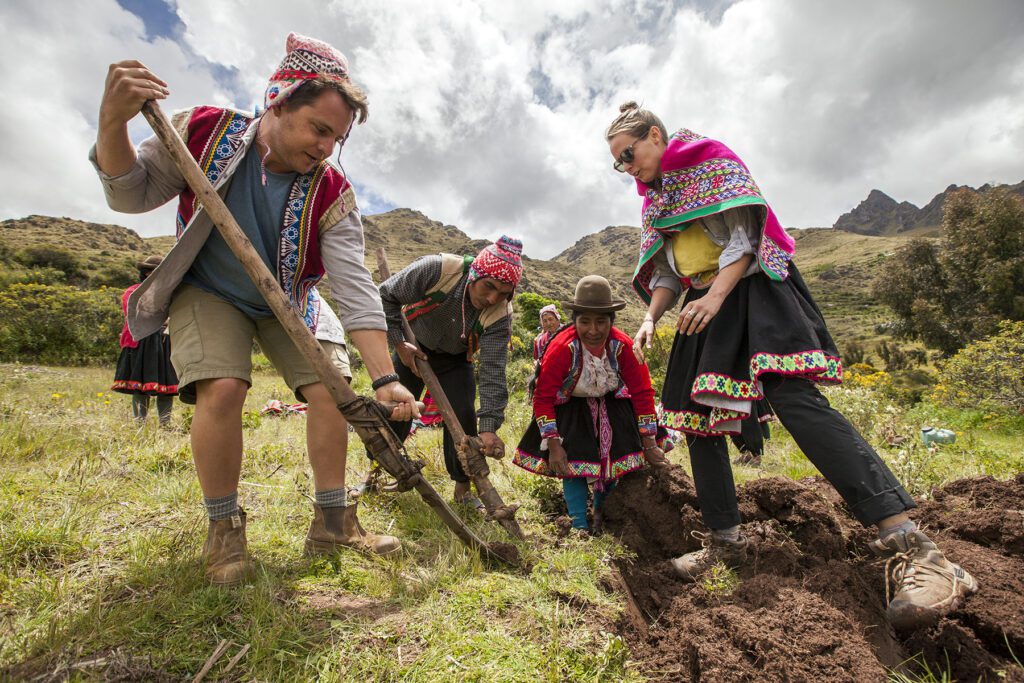
Venture Out from Ollantaytambo
What follows is a visit to the beautiful town of Ollantaytambo. Countless tourists arrive here to visit the archaeological complex and take the train to Aguas Calientes for the respective visit to Machu Picchu. We propose you stay at least a couple of days. This is a good basecamp from which to visit several other places.
The first two options here are intended for those who love to hike, although they are of archaeological importance too.
Start with Perolniyoc and the Ñaupa Iglesia. This excursion leads to a beautiful natural waterfall carved into the rock, which is 50 meters high. The top is a pre-Inca archaeological center, Raqaypata, which served as a lodge for the ancient communities.
The next stop would be the Ñaupa Iglesia (church). In this enigmatic place, you can see an altar carved into the rock. This church is certainly unique. It was a ceremonial temple where the Incas offered payments to the Pachamama (Earth), the Apus (Andean deities), the Sun and the Moon. Those who know the site know of its great energy.
After that, climb the Inti Punku “Sun gate” where you can appreciate spectacular views of the Nevado Veronica at an elevation of 5,800 meters.
On the route, you will find the quarries from where stones were extracted for the construction of the archaeological center of Ollantaytambo.
Inti Punku, they say, was an interdimensional door connected with other doors like the one of Machu Picchu, besides being an astronomical center. Whether fact or fiction, it is a magical place.
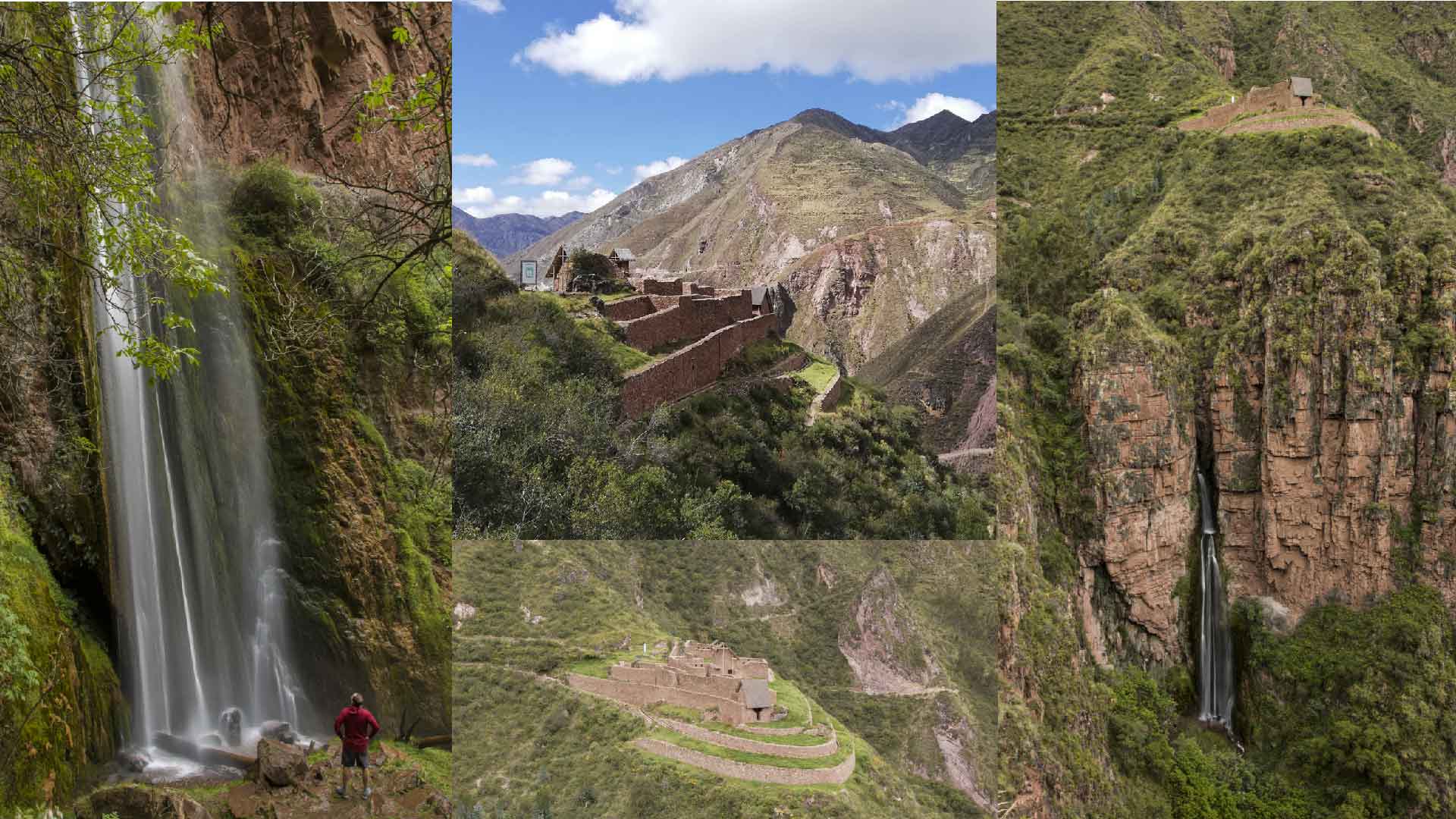
Calmer experiences
Ollantaytambo also offers experiences for travelers who want to take a calmer approach to their trip. We recommend eating a Pachamanca. This is a dish prepared with a cooking technique using preheated stones.
According to the Andean view of the world, this technique represents the material and spiritual link between man, nature and its ancient products.
For photography fans: you might want to tour the old town with your camera. Get to know the chicherías (shops of fermented corn beverage) and other secret nooks and crannies presented to you by our photographic guide. Find more information about photography in Ollantaytambo here.
A visit to our beloved communities is another great plan.
In Patacancha, for example, you get the opportunity to meet a group of weavers. Check out our Patacancha Weaving Experience. They will teach you the whole process of making their valuable fabrics, which are then exported to other countries.
Visiting and learning about these projects helps to value their culture and strengthen their association.
Dear traveler, you have probably understood by now that the options are unlimited and that we could write several more articles recommending various experiences. This valley is sacred for many reasons. If you spend enough time, you will be enchanted by one of the most magical places on the planet.
How it connects to other destinations
The Sacred Valley of the Incas can be accessed by two roads:
From the north of Cusco, passing by Chinchero (28 km), Maras, Moray to the town of Urubamba (57 km). And also from the northeast of Cusco, passing by Pisac (30 km) and following the course of the Vilcanota (Urubamba) River to the town of Calca (48 km).
Consider the easy way
If you prefer local experts to plan your itinerary for you, consider taking a look at our custom itineraries section. We have more than a decade of experience in tailoring unique travel experiences throughout our beautiful country. We’ll take all the work from you and all you have left to do is look forward to your dream trip.
Gallery
